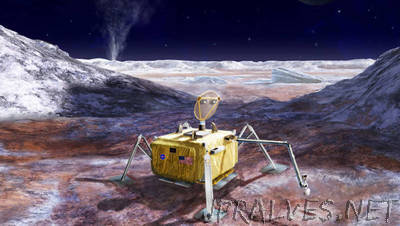
“In early 2016, in response to a congressional directive, NASA’s Planetary Science Division began a pre-Phase A study to assess the science value and engineering design of a future Europa lander mission. NASA routinely conducts such studies — known as Science Definition Team (SDT) reports — long before the beginning of any mission to gain an understanding of the challenges, feasibility and science value of the potential mission. In June 2016, NASA convened a 21-member team of scientists for the SDT. Since then, the team has deliberated to define a workable and worthy set of science objectives and measurements for the mission concept, submitting a report to NASA on Feb. 7. The report lists three science goals for the mission. The primary goal is to search for evidence of life on Europa. The other goals are to assess the habitability of Europa by directly analyzing material from the surface, and to characterize the surface and subsurface to support future robotic exploration of Europa and its ocean. The report also describes some of the notional instruments that could be expected to perform measurements in support of these goals. Scientists agree that the evidence is quite strong that Europa, which is slightly smaller than Earth’s moon, has a global saltwater ocean beneath its icy crust. This ocean has at least twice as much water as Earth’s oceans. While recent discoveries have shown that many bodies in the solar system either have subsurface oceans now, or may have in the past, Europa is one of only two places where the ocean is understood to be in contact with a rocky seafloor (the other being Saturn’s moon Enceladus). This rare circumstance makes Europa one of the highest priority targets in the search for present-day life beyond Earth.”
